By Reid Coolsaet
Eric and I first met in 2001 at the Canadian Interuniversity Sport (CIS) cross-country championships in Sherbrooke. In our first conversation he inquired why I wasn’t up with him and the leaders until the tail end of the 10km. He figured something had gone awry, and he was right.
Eric’s goal was to qualify for the world university cross-country championships (FISU) the next spring in Spain. In order to qualify he needed to finish in the top seven. The year before at the CIS XC champs I ran a steady race and finished fifth. Eric figured I’d run a smart race again so—unbeknownst to me—he’d planned on keying off me.
I put a kink in Eric’s plan when I stopped 400m into the race to put my shoe back on (someone stepped on my heel). Eric didn’t see me until the last kilometer as I was playing catch-up the whole race. Still, my absence throughout the race didn’t faze Eric as he went about his business, and qualified his spot for the 2002 FISU Cross-Country Championships.
I got along with him right off the bat because he’s easygoing and a little goofy. At that point in his running career Eric was looking to branch out from Antigonish in order to train with guys who were going to push him. I pitched Guelph as an option citing the strong training group, although I think it was the cheap rent in the summer that led Eric to give our training group a shot.
Eric grew up in Antigonish, NS and started running cross-country in grade seven for something to do after school. He quickly found he had talent as a runner and enjoyed the outings to McDonalds after away meets. After success through high school he enrolled at St Francis Xavier, where he made an immediate impact on the team as their top runner. He was always numero uno in the small Atlantic town and in order to make the next step in his career he needed to be pushed by other athletes.
In 2002, when Eric started training in Guelph, the Olympics weren’t on his radar. His initial goals were to adapt to the new training program and run a personal best over 3000m. He accomplished both and was sold on the effectiveness of the training group. Personally, I was happy to know that a solid training partner and all-around good guy was coming back the following summer.
Like many runners who join Speed River, Eric thought that coming to Guelph would magically produce results. It’s the high volume, right amount of intensity and attention to details that produce results. Even though he originally thought it was going to be easy, he bought into the program, put his head down, and went to work. The results followed.
For four months every summer Eric would migrate to Guelph as he finished up his teaching degree at St. FX. In 2006, when he made the full-time move to Guelph, the Olympics still didn’t register. It wasn’t until Eric ran 13:36 over 5000m in 2007 that he started to believe he had a shot. In the spring of 2008, Eric ran 28:07 in the 10,000m, which qualified him for that summer’s Olympic games in Beijing.
A month after the Olympics Eric got married to his long-time partner Emily. They settled in Guelph and have two kids, Heidi (5) and Luke (2). Sometimes I joke that Emily is raising three kids as she’s the organized one, but Eric has thrived as a father and balances it well with elite running. He’s more serious at practice than he was many years ago. Perhaps it has to do with the maturity that comes with parenting. Eric’s someone the newer athletes go to for advice. He’s known amongst some of the younger guys as the “Twitter Police” when he points out their lack of better judgment on inappropriate tweets. For instance, he’s explained the consequences of tweeting out pictures of, well, pictures he might not want his young family to see.
I envy Eric’s family life. It gives him a broader perspective on running and life. Until the snow hits that is, at that point I’m happy to be able to skip off to Kenya for six weeks. I’ve seen athletes step up their performances after having kids and I’ve also seen athletes use it as an excuse to shy away from the sport. It comes down to attitude (and a supportive/understanding spouse) and I’ve seen a change in attitude in Eric over the last few years. Before, if something wasn’t going right, he’d ruminate over it. It was all or nothing. Now, he has more than running in his life. Attitude and perspective are important things. People put too much pressure on themselves. Running is their sole focus and if it doesn’t go right, you can still make progress in other areas of your life. Running’s fickle. So if you put everything on your race results, life can come crashing down pretty fast and pretty hard. (Personally, I don’t have a choice, family-wise. But that’s OK. I’m pretty good at justifying everything in my head).
It was inevitable that we would eventually gravitate to the marathon. So, after chipping away at the 5000m and 10,000m together for seven years, we began training for the marathon in 2009. When Eric made his debut in January 2010 it was apparent he found his best event. In his first marathon he ran a negative split and came home in 2:13:57. Needless to say, it motivated me and helped me believe I could improve on my 2:16:29. Over the years Eric and I have been feeding off each other’s performances. When one of us runs well it gives us both confidence that we’re on the right path.
In 2013 Eric ran his then second fastest marathon at STWM six weeks before I ran Fukuoka. I was coming off a horrible experience at Rotterdam that spring and seeing that his training was on the right track gave me confidence to shoot for a PB. I ended up running within one second of my second fastest marathon. It was vice versa this past fall when I ran Berlin three weeks before Eric ran STWM. We’ll discuss our training and how it translates into races to help each other’s headspace going into races. In this way, elite runners and folks trying to finish their first 5km are the same. We all struggle with nerves and confidence.
In order to run at your best you need to be happy and Eric realizes that being around his family enables him to maximize his training and performances. On a typical day we’ll run around 9 a.m. after he’s dropped Luke off at daycare and Heidi to the bus stop.
Eric is Mr. Consistency in the marathon. His fastest three marathons are all within a 10 second window (2:11:21 to 2:11:31) and were all run at the Scotiabank Toronto Waterfront Marathon (STWM). That means his average pace for each of those three marathons is within a quarter of a second per kilometre. My five fastest marathons are within 54 seconds, which is also really close. Whereas Jerome Drayton has a 1 minute, 52 second spread over his top three marathons and Sylvia Ruegger has a 2-minute spread over her top three, and that’s much more common. Eric’s found a training formula that works for him. When he starts his marathon build-up, about 10-12 weeks out, he’s not pushing too hard. Instead, he focuses on his form and feeling in control. If you didn’t know his plan you would probably be worried he wasn’t on track to run 2:11. But as sure as night follows day Eric flicks a switch six weeks out and all of a sudden looks ready to run a PB.
When race day comes Eric is calm, focused and determined. He doesn’t take big risks, but don’t confuse that with conservative tactics, if anything he’s honest. His demeanour and realistic approach has worked well for him in big race situations. Both of his Olympic marathon qualifying attempts came 11 months before the big dance and both times he came through. And here I’ll digress with a bit of Gillis legend: In 2011, he hit his time by only one nail-biting second when the Athletics Canada standard was 2:11:29. Despite brutally windy conditions in Toronto that day, Eric didn’t deviate from his goal and ran 2:11:28, sprinting across the line as the crowd counted down the last 10 seconds. I was at the finish line praying Eric came across that line on the good side of the standard.
When I heard the time I was more pumped for his race than I was mine.
Eric and I are still pushing each other in an attempt to reach new personal heights in the marathon and we both look to be in a good position to make the Rio de Janeiro team by virtue of the times we posted in 2015. We’re ranked 1-2 in Canada with 2:10:28 and 2:11:31. If all goes well this will be Eric’s third Olympics, an amazing feat for a runner. With Eric’s experience and the fact he runs well in the heat he looks poised to have his best Olympic finish ever in Rio de Janeiro.
I should know. I’ve been running with the guy now for thirteen years.



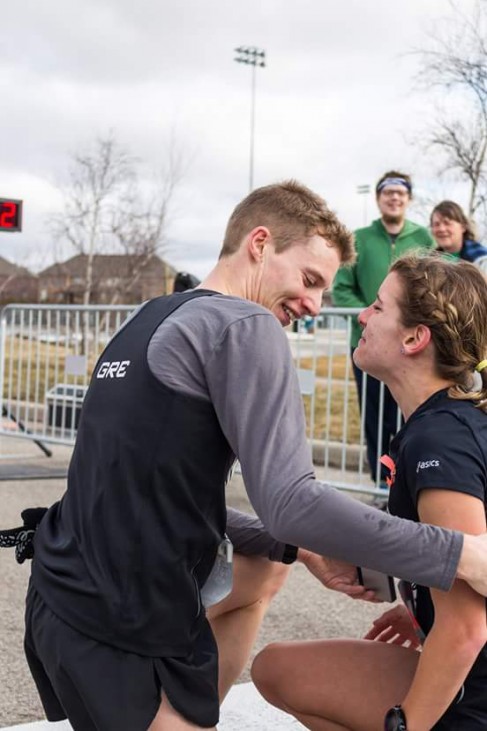
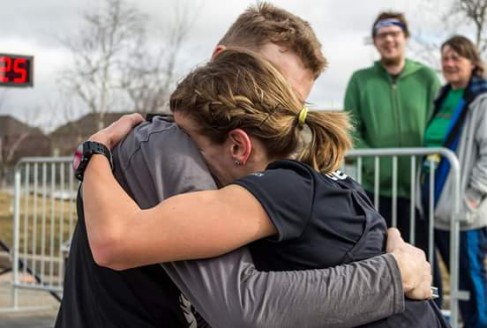
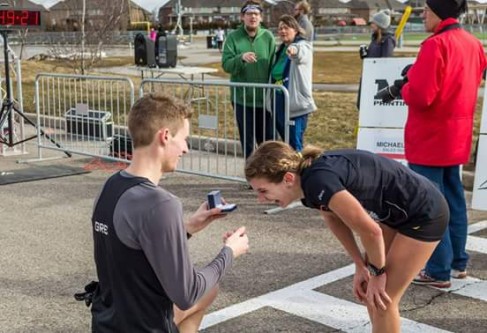


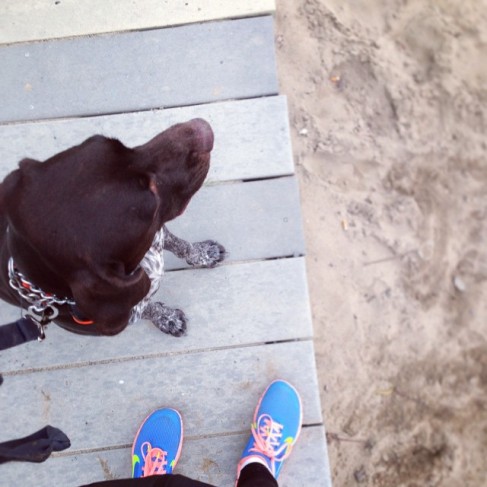


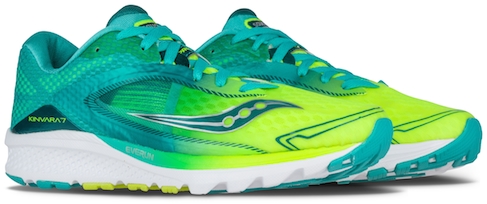
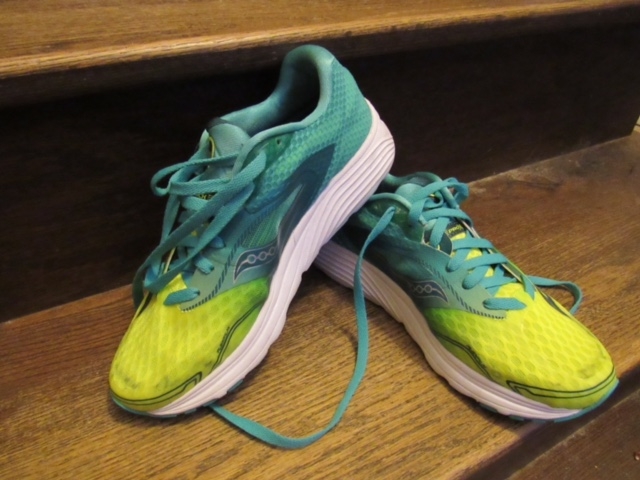




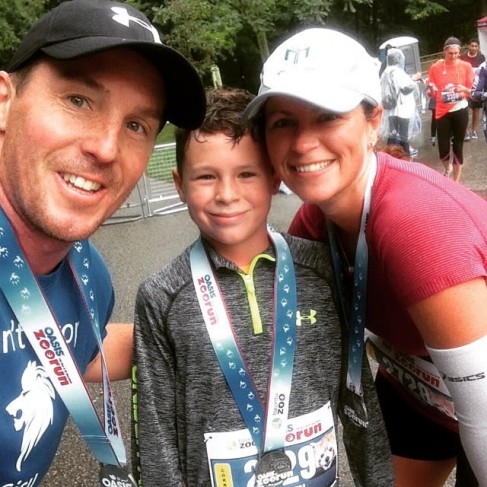


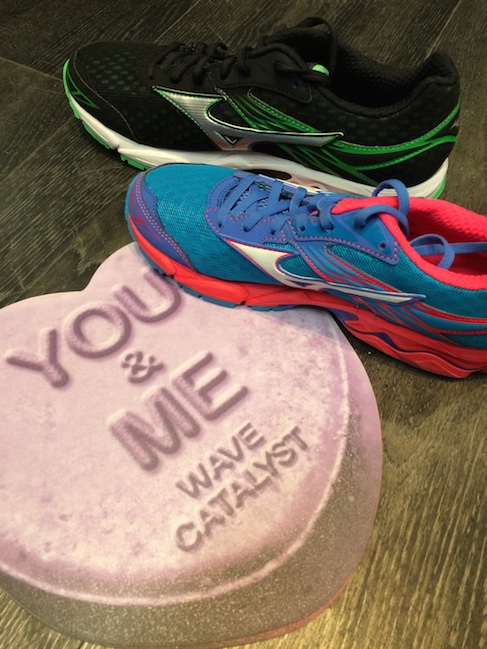


 Our Magazine
Our Magazine
